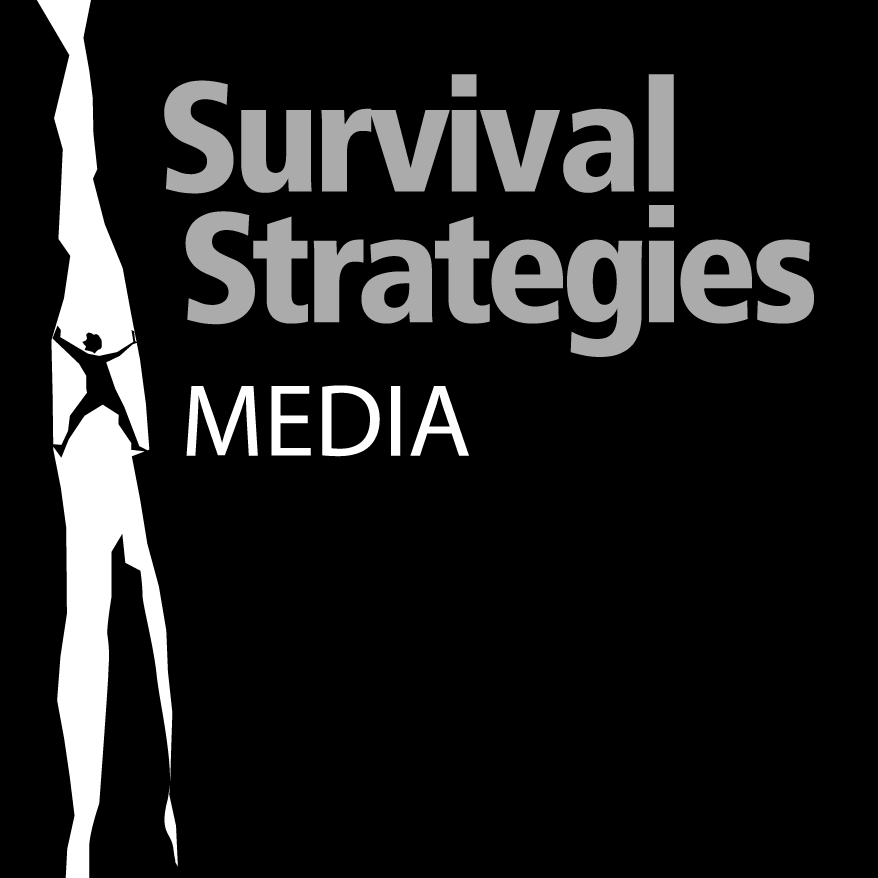As the number of ways to communicate vary, so do your targets splinter. Here are some suggestions to help you make sound selections.
- Understand your objectives. You have to be disciplined in determining what you’re trying to accomplish in selecting the right media. You have to define your objectives, carefully. Do you want more leads? Are you trying to make your competitor move in a certain way? Think about “vertical” or “horizontal.” A vertical approach tends to be more like a rifle shot, and media like direct mail or email fit this very person-to-person approach. A horizontal approach is more like a shotgun, spraying your message across a wider area. Approaches like television, newspapers and radio fit that choice.
- Think of the buyers. Study media from your “target’s” or “buyer’s” point of view. Are you an upscale designer? Where do your upscale customers gather? What “media” do they use? Many communities in this demographic have magazines, which you can use to “communicate” to them with your advertising and PR. Where do your targets find information on making decisions about your service?
- Be proactive. No matter which media you consider, get metrics about it! If you are purchasing a billboard, find out about the traffic patterns around that location. The seller of the billboard should have that, and certainly the community and municipality has it. If you are purchasing a magazine, find out about the circulation. Make the magazine prove it. Many will not be audited, but there is nothing wrong with asking them for 50 random names! You will be surprised how many resist this request. The more sketchy the metrics, the more doubt you should have about your media investment.
- Talk with other users of the media. The beautiful thing about media is that other people are using it. Even direct mail (which you receive), there is no rule forbidding you from contacting the seller about the results they are experiencing. For example, a client wanted to use the airline magazines as a vehicle. Interline called a handful of advertisers who used that and got a strong endorsement about that very expensive space. Research BEFORE you purchase.
- To use or not to use. Buying media in order to sell something is like warfare, hence the correlation to Sun-Tzu in the Art of War. That’s why “selling” is filled with terms like “flanking” or “killing the competition” and so on. Sun-Tzu explains that in order to achieve victory, there are five factors to keep in mind. The first – “know when to fight and when not to fight” – is essential to buying media.
Paraphrasing, know when to buy and when not to buy. In fact, let’s paraphrase all of his factors because their special applicability to media purchasing.
- One who knows when to buy media, and not buy media, will be victorious.
- One who recognizes how to employ large and small audiences will be victorious.
- One whose primary and secondary objectives have the same goal will be victorious.
- One who, fully prepared, awaits the opportunity will be victorious.
- One whose media plan is well thought out and not interrupted by management will be victorious.
